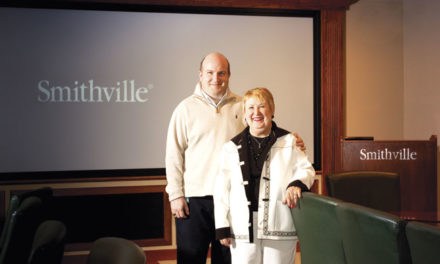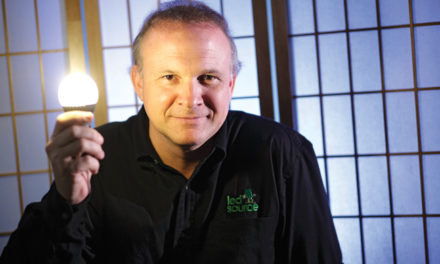
American businesses are constantly striving to be bigger, faster, better—and by rewarding employees who work tirelessly to help them achieve greater levels of success, these businesses have produced a society of workaholics. According to CNN Business, nearly 40% of employees report working more than 50 hours per week, longer than workers in most other developed nations. As a result, many young professionals are growing tired of the daily grind, choosing to shirk societal norms in favor of an increasingly popular financial movement called FIRE.
FIRE, which stands for “financial independence, retire early,” is the newest iteration of the financial freedom movement. As the name suggests, many adherents wish to retire at a very young age, often in their 30s or 40s.
While pursuers of FIRE have the same end goal, their journeys can look quite different depending on their financial situations. “FatFIRE” focuses on socking away 50% or more of one’s income and is reserved for high-income earners. In contrast, “LeanFIRE” is for frugal, average-income earners who decrease their living expenses to the bare minimum. The least extreme version of FIRE is “BaristaFIRE.” This method reduces the need for such extreme pre-retirement frugality by planning to work an enjoyable post-retirement part-time job, such as working as a barista at a coffee shop.
While FIRE may sound intense, the actual process is simple. First, establish a target retirement account balance using the Rule of 25 and the 4% Rule, which suggest that a retirement account containing 25 times a person’s yearly income can be withdrawn at a rate of 4% per year without exhausting the fund. Given that the average household income is roughly $56,000 (according to 2015 census data), a retirement account containing $1.4 million would allow the owner(s) to live on $56,000 per year indefinitely without fear of outliving their money.
Next, meticulously track expenses. As the phrase goes, “what gets measured gets managed.” Tracking money in and money out may reveal wasteful spending that is impeding the achievement of financial freedom. Making small changes can make a huge difference over time. According to the Rule of 25, reducing spending by just $100 each month reduces one’s required retirement account balance by $30,000 ($100 x 12 x 25 = $30,000). Understanding one’s cash flow enables individuals to spend more mindfully and accumulate retirement assets faster.
Finally, educate yourself about investing. Many retirement savings vehicles, such as a traditional IRA or 401(k), are designed for a traditional retirement and penalize early withdrawals. Anyone pursuing FIRE must utilize investment tools that allow for immediate access to his or her money. Understanding how to invest retirement savings is imperative to maximize growth, avoid expensive penalties, and lower one’s tax burden.
Many critics of the FIRE movement find it too extreme, questioning how or even why an employee with an average salary could or would want to achieve FIRE. While frugality is certainly limiting in the present, the future possibilities are well worth the sacrifice for the movement’s followers. Time isn’t a guarantee, and FIRE offers an alternative to putting off one’s dreams during 40 or more years of work.
Ansley Fender is a personal finance coach and freelance writer. She is the owner of Fender Financial Services, a bookkeeping firm for nonprofit organizations and small businesses.







